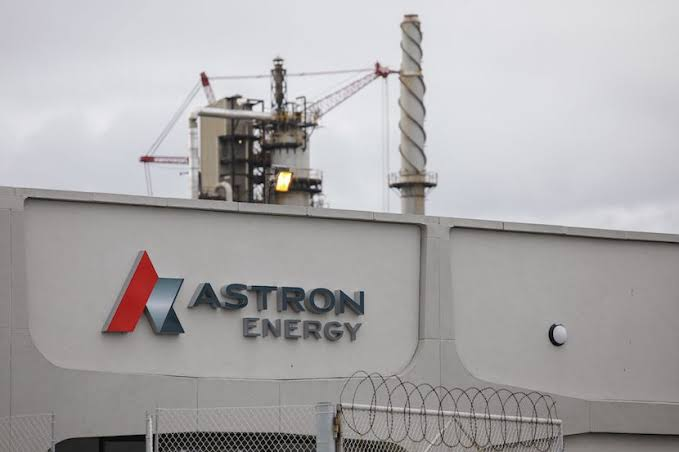
Astron Energy is aiming to re-open its Cape Town refinery, formerly Caltex Chevron Refinery, by the end of this year, says CEO Thabiet Booley.
This past week, the liquid fuels company unveiled its new look service stations launching a massive drive to rebrand from Caltex to Astron Energy.
The refinery which has been offline since mid-2020 after a fire is one of the country’s refineries which are not functional as Engen Refinery in Durban, Shell and BP’s Sapref refinery, and Natref refinery owned by Sasol ceased operations.
Astron’s refinery has a crude oil capacity of 100 000 barrels and produces petrol, diesel, jet fuel, marine oils, liquified gas, and other speciality products.
Booley said that in South Africa, the company’s key objectives were a safe and successful restart of the refinery, and to start the roll-out of the new look across the network of over 850 service stations.
He said the rebrand from Caltex to Astron Energy was the most significant change in the South African liquid fuels industry in three decades and was an essential step in the company’s ambition to become the next biggest fuel brand in South Africa.
The first Astron energy site to feature the new brand were Chuenespoort along the R37 in Limpopo, KwaMakhuta in Amanzimtoti, KwaZulu-Natal, Nandi in eThekwini and MACS in Brooklyn, Cape Town.
He said 20 regional teams were working simultaneously across the country to rebrand the forecourts Astron Energy – some of the logistics data includes an estimated 741 888 man hours on site, the installation of 1.3 million LEDs, the manufacture of 27 soccer fields worth of orange and charcoal forecourt canopy cladding, and the use of 6 224 holding down bolts for forecourt pylons.
Introduction of new fuel
The new brand also coincided with the introduction of the new fuel, Quartech 4-in-1 fuel, as well as a new rewards programme, in addition to participating in the existing UCount rewards programme.
Astron head of marketing Cambridge Mokanyane said global research showed all forecourts would ultimately migrate to “ultimate convenience”, offering everything from fuel to food options, banking facilities, online and e-commerce services and drop boxes for collecting deliveries.
He said in customer engagement surveys that clean, fresh and safe bathroom facilities were at the top of what consumers expected when pulling into a forecourt. Questioned about any possible geographical expansion plans for the retail network, Booley said they would continue to open new service stations in line with demand, or where sufficient traffic volumes to warrant it.





